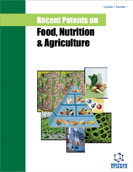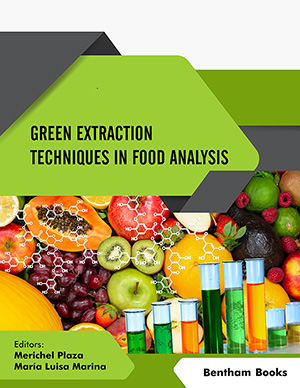Abstract
The use of algae as food by humans started in pre-recorded history and is most widespread in Asia, where algae are used as part of the peoples’ daily diet. Of more than ten thousand species of algae that have been described taxonomically, only about a hundred species are known to be edible and are generally recognized as safe (GRAS). Algae for human consumption come from both natural population and opensea aquaculture, but with increasing issues of marine pollution, global warming and marine use conflict, the production of some algal species from aquaculture is shifting towards the more controlled condition of land-based production systems or in sea areas far from sources of pollutants. The preparation of edible algae comes in various forms that are either consumed directly as fresh salad or pickled in vinegar for species with foliose, delicate or succulent nature or as blanched or cooked recipes for species with fleshy, rubbery or firm texture, or they are consumed indirectly as an ingredient or additive of some food recipes as gelling, hardening, or thickening agent. Many species of micro- and macroalgae have nutritional profiles that make them a perfect food for individuals who are on a diet or are health conscious. This chapter describes some of the most common algal genera whose biomass is mainly produced from culture systems that involve a land-based culture facility (e.g., photobioreactor) and or seedling collection procedure prior to open sea cultivation.
Keywords: Aquaculture , Edible Algae, Eucheumatoids, Kelps, Macroalgae, Mariculture, Marine Agronomy, Microalgae, Nori, Nutraceutical, Outdoor cultivation, Photobioreactor, Raceways, Seaweed aquaculture, Seaweed cultivation, Seaweed farming, Tank culture.



















